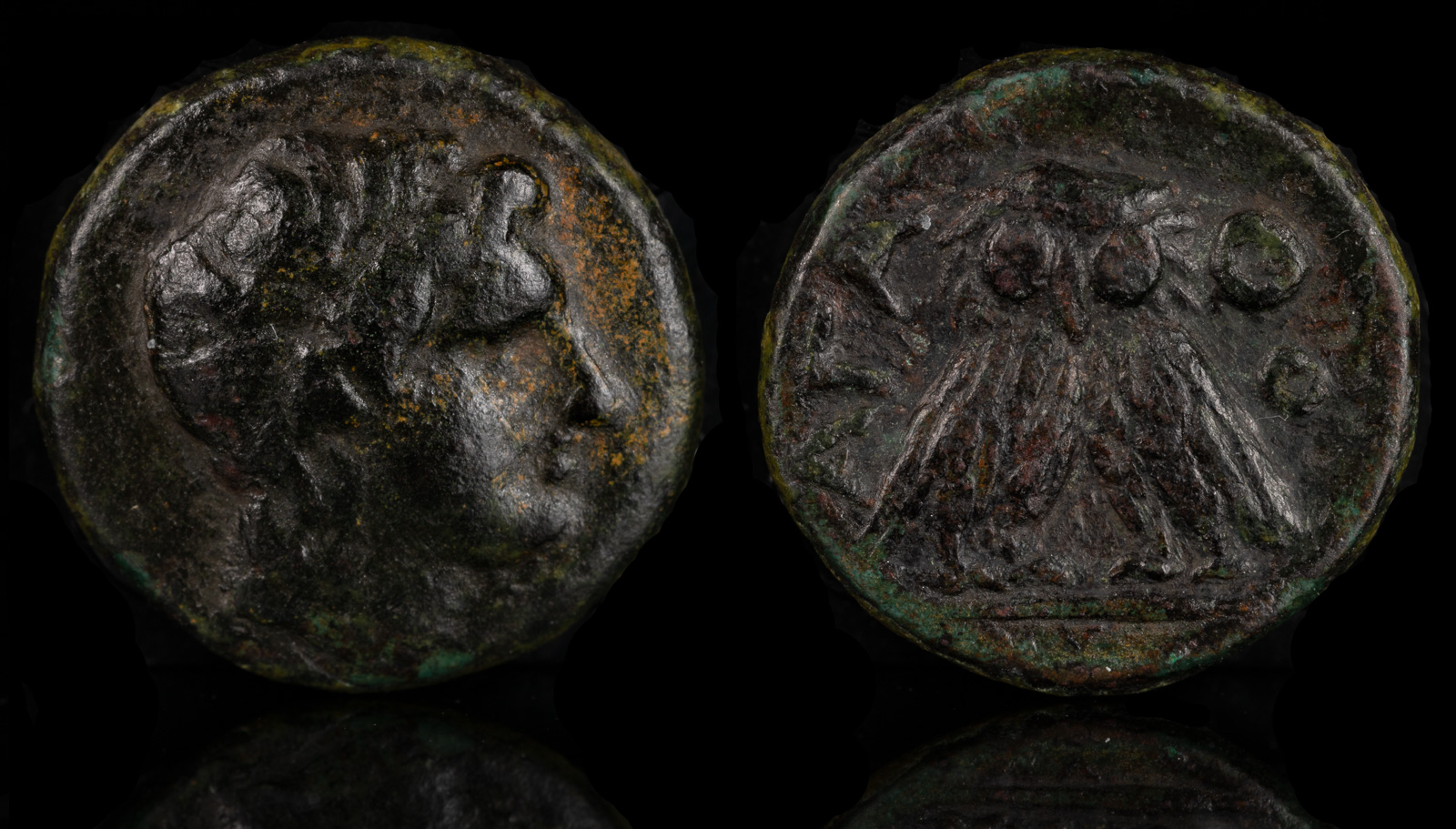Owl
View All Tags
The most iconic example of the owl on Greek coinage is the Athenian tetradrachm, often referred to as “owls” in antiquity. These silver coins typically displayed the head of Athena on the obverse and an owl perched alongside an olive branch and the Greek letters “ΑΘΕ” (short for “Athens”) on the reverse. The olive branch further symbolized peace and prosperity, reflecting the city’s dedication to Athena and its economic strength. The tetradrachm’s widespread circulation made the owl a symbol not only of Athens but also of stability and trust in commerce throughout the Mediterranean.
Owls were regarded as creatures of insight and vigilance in ancient Greek thought, often linked to their nocturnal nature and ability to see in the dark. This association with vision extended metaphorically to wisdom and the ability to discern hidden truths. For Athenians, the owl embodied the ideals of rational thought and intellectual clarity, central tenets of their cultural identity. The presence of the owl on coins served as a reminder of these values, reinforcing the city’s connection to knowledge and strategic foresight.
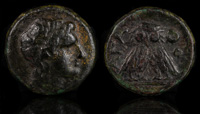
Agathokles (of Lysimachos) 290-282 BCE
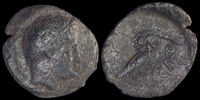
Agathopolis, Thrace 300-250 BCE
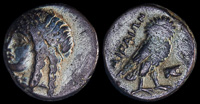
Airai, Ionia 375-350 BCE
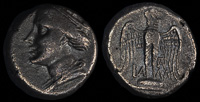
Amisos, Pontos 435-370 BCE
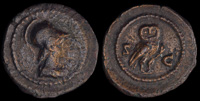
Anonymous Quadrans 81-161 CE
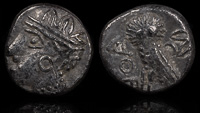
Arabia 5th-3rd centuries BCE
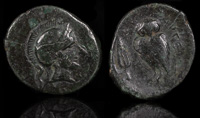
Argos Amphilochikon, Akarnania 300-200 BCE
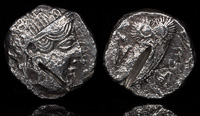
Ataxerxes III Okhos 343-337 BCE
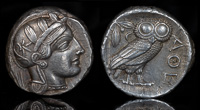
Athens 454-404 BCE
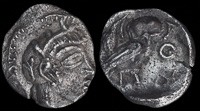
Athens 454-404 BCE
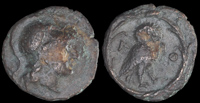
Athens, Attica 130-90 BCE
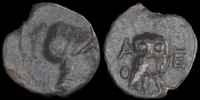
Athens, Attica 224-198 BCE

Athens, Attica 270-261 BCE
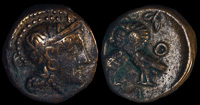
Athens, Attica 307-300 BCE
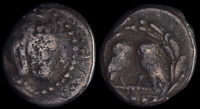
Athens, Attica 322/17-307 BCE

Athens, Attica 340-322 BCE
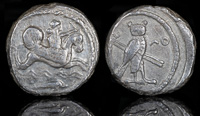
Azemilkos of Tyre 340/39 BCE
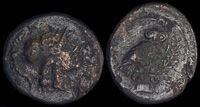
Azetium, Apulia 300-275 BCE

Barata, Lykaonia 244-249 CE
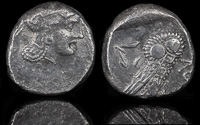
Batis of Gaza 353-333 BCE
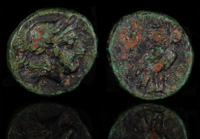
Chares 350 BCE
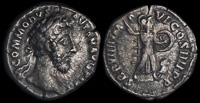
Commodus 180-192 CE
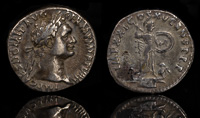
Domitian 90 CE
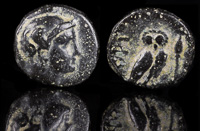
Dorylaion, Phrygia 300-100 BCE
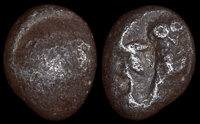
Edom 4th century BCE

Epeiros, The Athamanes 168-146 BCE
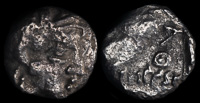
Hananiyah 375-333 BCE
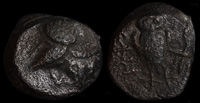
Hephaistia, Lemnos 300 BCE

Hephaistia, Lemnos 386-261 BCE
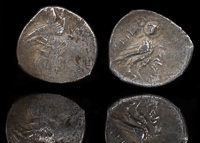
Hezekiah 332-302 BCE
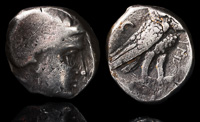
Mazakes 331-323 BCE

Myrina, Lemnos 386-261 BCE

Neonteichos, Aeolis 300-100 BCE

Northern Arabia 4th-3rd centuries BCE

Pedasa, Ionia 4th century BCE
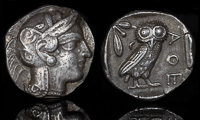
Pharaonic Kingdom 5th-mid 4th Cen BCE
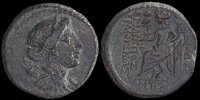
Philadelphia, Lydia 2nd-1st centuries BCE
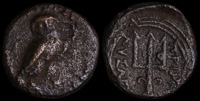
Priene 290-240 BCE
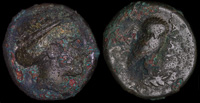
Pydna, Macedon 369-364 BCE
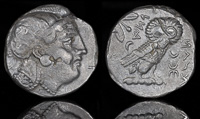
Sabakes 340-333 BCE

Sigeion, Troas 355-334 BCE
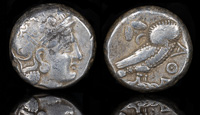
Sophytes 323-240 BCE
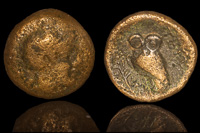
Tegea, Arkadia 4th-3rd cent BCE
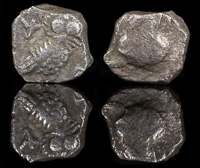
Yehud 375-332 BCE
